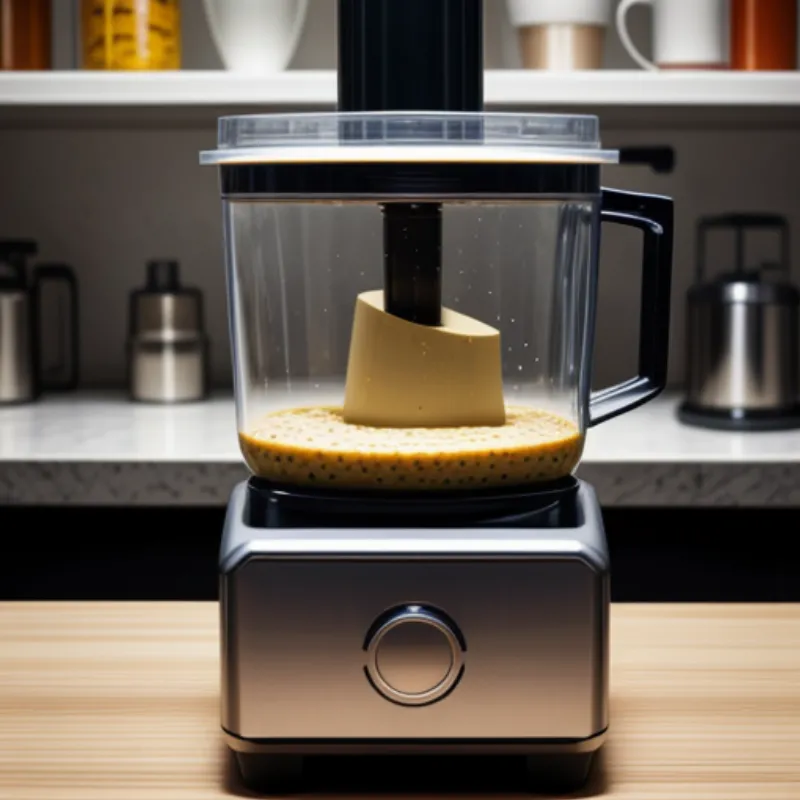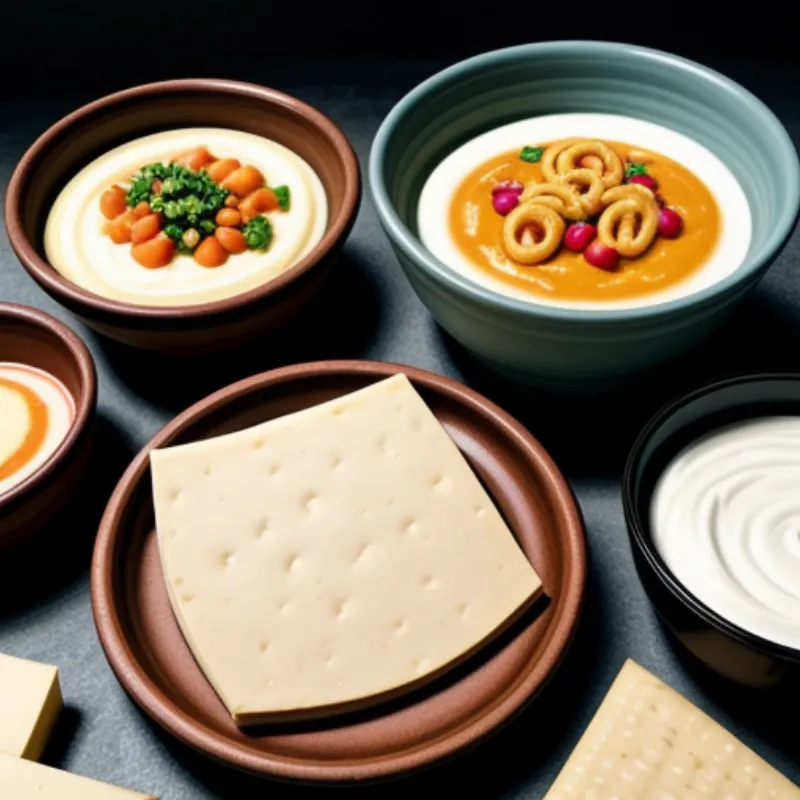Fermented mustard. Just the name of it conjures up images of old-world charm, doesn’t it? But this isn’t just your grandma’s condiment (though she probably has a killer recipe!). Fermented mustard is making a comeback, and for good reason. This tangy, complex condiment adds a burst of flavor to everything from sandwiches and burgers to salad dressings and marinades.
Unlike its commercially produced counterpart, fermented mustard is alive with probiotics, those beneficial bacteria that do wonders for our gut health. Plus, the fermentation process unlocks a depth of flavor that’s simply unmatched. And the best part? Making your own fermented mustard at home is easier than you might think!
Gathering Your Ingredients for Fermented Mustard
Making fermented mustard is a simple process, and the ingredients are likely already in your pantry. Here’s what you need:
- Mustard Seeds: 1/2 cup yellow mustard seeds and 1/4 cup brown mustard seeds (feel free to adjust the ratio to your liking!)
- Liquid: 1/2 cup filtered water, plus more as needed
- Vinegar: 2 tablespoons apple cider vinegar (you can also experiment with other vinegars like white wine vinegar or rice vinegar)
- Salt: 1 1/2 teaspoons sea salt
- Spices (Optional): Get creative! 1 teaspoon turmeric powder, 1/2 teaspoon ground cumin, or a pinch of chili flakes can add a delicious kick.
Tools of the Trade
You won’t need any fancy equipment to ferment your own mustard. Just gather these simple tools:
- Jar: A clean glass jar with a lid (a pint-sized jar is perfect for this recipe)
- Weight: A small glass weight or a zip-top bag filled with water to keep the mustard seeds submerged
- Cloth cover: A clean kitchen towel or cheesecloth secured with a rubber band to cover the jar
 Mustard seeds and spices in a jar, ready for fermenting.
Mustard seeds and spices in a jar, ready for fermenting.
Let the Fermentation Begin: Step-by-Step Guide
- Combine & Grind: In a clean bowl, mix together your mustard seeds, salt, and any spices you’re using.
- Pulse & Transfer: Using a spice grinder or a mortar and pestle, roughly grind the mixture. You want a mix of whole and crushed seeds for the best texture. Transfer the mixture to your jar.
- Add Liquid: Pour the water and vinegar into the jar. Stir well to combine. Add more water if needed to ensure the seeds are completely covered by at least an inch of liquid.
- Weigh It Down: Place your weight on top of the mustard seeds to keep them submerged beneath the brine.
- Cover & Ferment: Cover the jar with the cloth cover and secure it with a rubber band. Place the jar in a cool, dark place for 3-7 days to ferment.
- Taste & Blend: After 3 days, start tasting your mustard daily. It’s ready when it reaches your desired level of tanginess. Once fermented to your liking, transfer the mustard to a blender or food processor and blend to your desired consistency. Add a bit of the fermentation liquid if needed.
Tips and Tricks for Fermenting Success
- Cleanliness is Key: Ensure all your equipment is squeaky clean to prevent any unwanted bacteria from ruining your ferment.
- Temperature Matters: The ideal temperature for fermenting mustard is between 68-72°F (20-22°C).
- Patience is a Virtue: Don’t be afraid to let your mustard ferment for a longer period. The flavor will continue to develop and deepen over time.
 Blending fermented mustard seeds in a food processor to achieve the desired consistency
Blending fermented mustard seeds in a food processor to achieve the desired consistency
Serving Up Your Fermented Delights
Fermented mustard is incredibly versatile and can add a gourmet touch to a wide range of dishes. Here are a few ideas to get you started:
- Sandwiches and Wraps: Spread it on your favorite sandwiches, wraps, or burgers for a tangy kick.
- Salad Dressings: Whisk it into vinaigrettes or creamy dressings for a burst of flavor.
- Marinades: Use it as a base for marinades for chicken, fish, or tofu.
- Dipping Sauce: Mix it with mayonnaise or sour cream for a delicious dipping sauce for pretzels, vegetables, or fries.
“Fermented mustard is a powerhouse of flavor,” says renowned chef and fermentation expert, [Insert Fictional Expert Name], author of [Insert Fictional Book Title]. “It adds a complexity and depth that you just can’t achieve with store-bought varieties.”
Exploring the World of Fermentation
Ready to dive deeper into the world of fermented foods? Check out these other informative articles on our website:
- How to Make Black Vinegar Dressing Salad
- How to Make Lacto-Fermented Ketchup
- How to Make Pickled Asparagus
 Presenting a delicious spread featuring fermented mustard alongside various dishes and snacks
Presenting a delicious spread featuring fermented mustard alongside various dishes and snacks
So why not embark on a culinary adventure and try your hand at making fermented mustard at home? Your taste buds will thank you!
